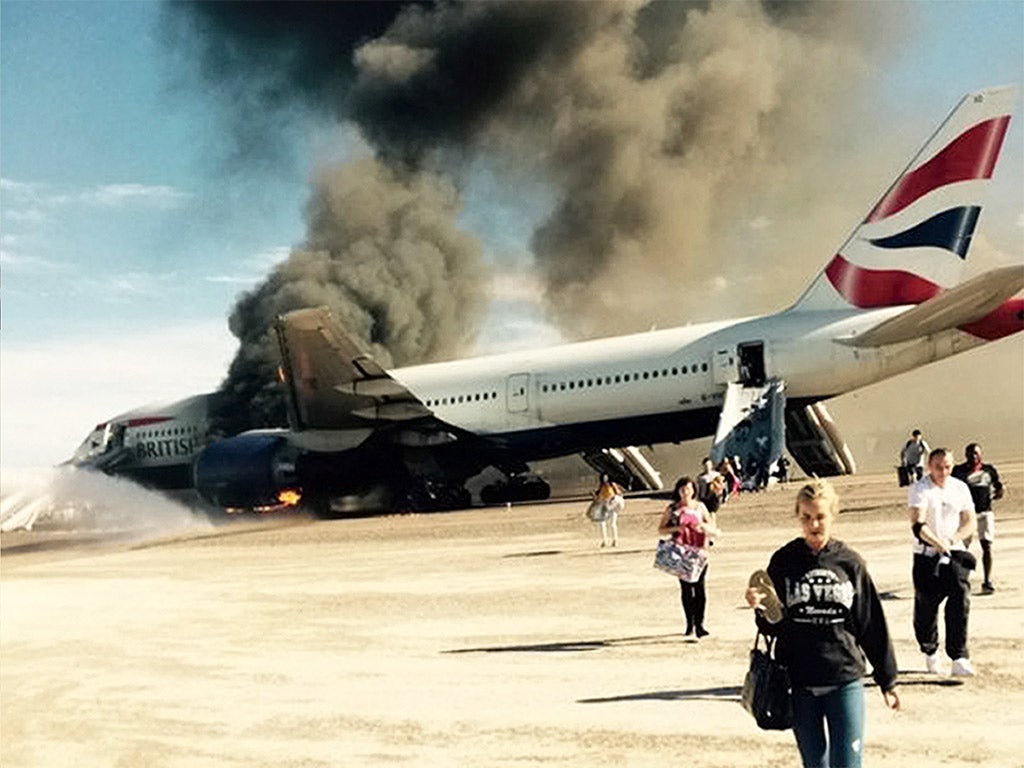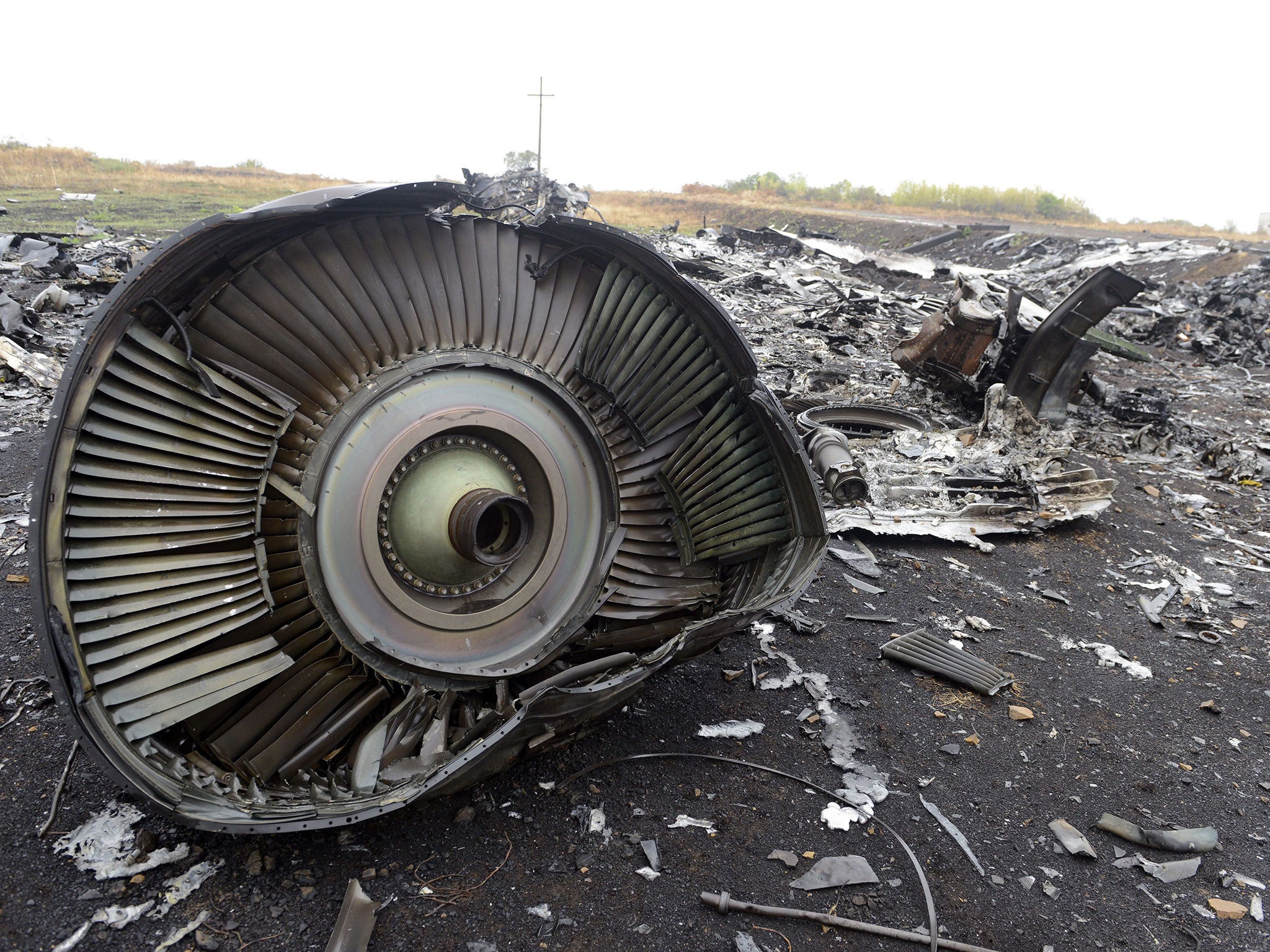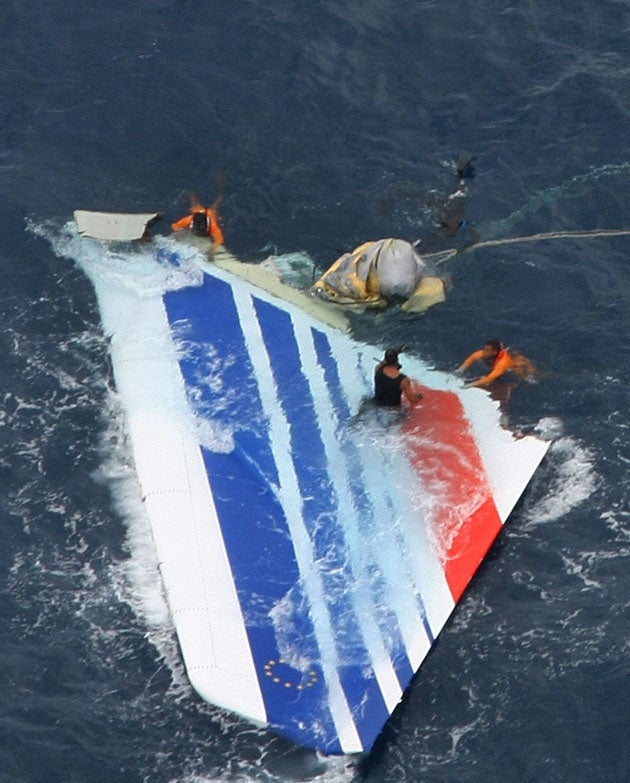The one chart that shows what causes fatal plane crashes
Figures show human error is main factor in deadly aviation accidents

Your support helps us to tell the story
From reproductive rights to climate change to Big Tech, The Independent is on the ground when the story is developing. Whether it's investigating the financials of Elon Musk's pro-Trump PAC or producing our latest documentary, 'The A Word', which shines a light on the American women fighting for reproductive rights, we know how important it is to parse out the facts from the messaging.
At such a critical moment in US history, we need reporters on the ground. Your donation allows us to keep sending journalists to speak to both sides of the story.
The Independent is trusted by Americans across the entire political spectrum. And unlike many other quality news outlets, we choose not to lock Americans out of our reporting and analysis with paywalls. We believe quality journalism should be available to everyone, paid for by those who can afford it.
Your support makes all the difference.As the British Airways pilot who averted disaster when a plane caught fire in Las Vegas is praised as a “hero”, human error has been revealed as the biggest cause of air disasters around the world.
Analysis of more than 1,000 fatal crashes from 1950 to 2010 shows the majority were caused by pilots making mistakes, sometimes in response to severe weather or mechanical issues.
In other cases, air traffic controllers or maintenance workers were found to be to blame, and mechanical failure also led to a fifth of fatal accidents.
Deliberate sabotage, such as bombs, hijacking and missile strikes, made up only eight per cent of the total, according to Plane Crash Info.
Planes carrying 18 passengers or less, military and private aircraft, and helicopters were not counted in the study.
Despite a series of recent disasters involving passenger jets, including Malaysia Airlines flights 370 and 17, AirAsia Flight 8501 and Germanwings Flight 9525, flying is still one of the safest modes of transport.
The number of accidents and deaths have fallen dramatically since the 1970s, even as airlines expanded to offer more journeys to millions of passengers around the world.

Aircraft manufacturing and equipment has improved, while safety protocols are being constantly expanded and modified.
The fire that started on British Airways flight 2276 at Las Vegas’s McCarran International Airport on Tuesday showed how far those measures have advanced.
Captain Chris Henkey, from Reading, sounded a distress signal as the left engine burst into flames on the runway and ordered the crew to immediately evacuate the Boeing 777.
His fiancée, Lenka Nevolna, 40, said: “He's a hero. He's a great man with a warm heart, and generosity, and I'm very proud of him.”
All 170 people on board escaped unhurt, apart from some minor injuries from exit slides, and an investigation into the cause continues.
In 1985, when a plane belonging to a British Airways subsidiary caught fire in similar circumstances on the runway of Manchester Airport, 55 people out of the 137 on board died.
The blaze spread rapidly, passengers' were delayed trying to escape by a stuck door and obstructed exits, and dozens were incapacitated or killed by inhaling the toxic smoke.
Crews of both planes were commended for their actions but as the statistics show, there have been incidents where pilots have partly caused fatal crashes.
Among the most infamous is Air France flight 447, which crashed in the Atlantic Ocean in 2009, killing all 228 people on board.

As the plane flew through a large thunderstorm, crucial instruments froze and the all-important flight director issuing orders to pilots malfunctioned, causing co-pilot Pierre-Cédric Bonin to mistakenly put it into a rapid climb.
The aircraft stalled, even as the altitude warning sounded incorrectly saying it was falling, and instead of lowering its nose according to protocol, Bonin followed its instructions and continued to attempt to fly upwards.
In the last moments recorded on its black box, he was heard asking whether the plane was going up or down, seconds before it hit the water dropping at 10,000ft per minute.
General Secretary of the British Airline Pilots' Association, Jim McAuslan, said such incidents were extremely rare.
“Pilots are trained to prepare for things not going to plan throughout every single flight so that they are able to make split-second decisions and keep passengers safe,” he added.
Additional reporting by PA
Join our commenting forum
Join thought-provoking conversations, follow other Independent readers and see their replies
Comments